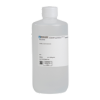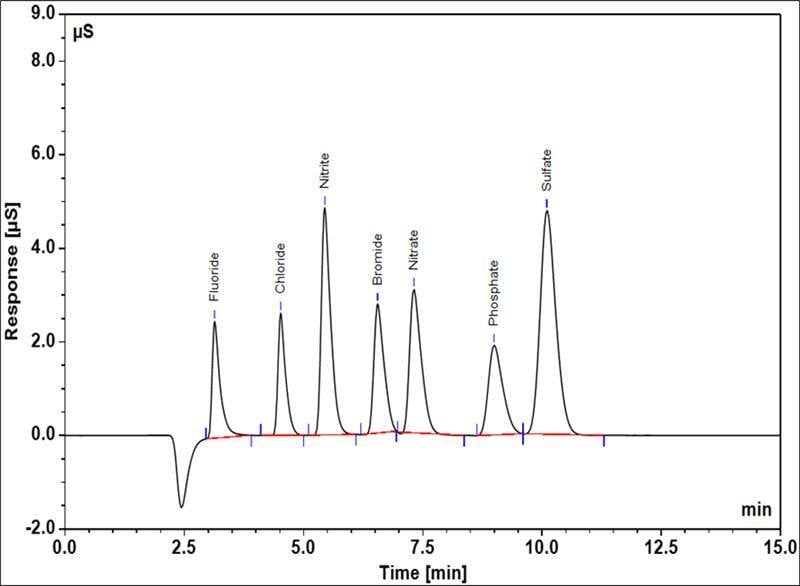
BICARB
$137.000.5M Sodium Carbonate bicarbonate concentrate
Did you know that Inorganic Ventures specializes in Ion Chromatography? Learn more about the technique and how to overcome common challenges with our complete line of stock standards and technical support!

We understand these challenges and offer high purity ion chromatography standards with five-year shelf life to ensure consistency and reliability of your analyses. Coupled with comprehensive technical support, we are here to help you overcome these obstacles and achieve precise, accurate results in your testing.
Ion Chromatography (IC) methods were first reported in1850 to analyze calcium, magnesium and ammonium in clay samples!
Today, Ion Chromatography is a highly reliable and widely used technique to analyze environmental, pharmaceutical, and food/beverage samples.
IC methods are typically highly sensitive and do not require extensive sample preparation. However, a common challenge with IC is sample throughput. It can take anywhere from 10 to 20 minutes, and sometimes much longer, to run a single sample.
The Basic Steps Include:
IC is a technique used to accurately separate and quantify ions in complex matrices. Ion exchange chromatography offers extremely high resolving power and high selectivity. The column is packed with a stationary phase designed to separate only negatively or positively charged molecules. A conductivity detector can then measure the changing conductivity of the solution as it elutes from the column. This allows analysts to detect and quantify ionic species with high levels of accuracy and precision.
The key to ensuring these results remain consistent, however, comes down to the use of IC standards. High purity certified reference materials are essential in preserving the accuracy, precision and reliability of measurements obtained through ion-exchange chromatography with conductivity detection.
Explore Ion Chromatography Standards from Inorganic Ventures!

EPA Standards

Anion Standards

Cation Standards

Multi-Ion Standards

Eluent Concentrates

Custom Standards






Your chromatogram should show healthy peak separation, good sensitivity and results displayed quickly! a healthy chromatogram begins with credible standards.
High purity IC standards are essential for setting up your calibration, confirming your peaks and optimizing your methods. If you are using a CRM that is not pure, you could be seeing contamination appear in your chromatogram.

These EPA methods are used to separate and quantify anions of interest in environmental samples. A critical aspect of the methods is eliminating measurement uncertainty via a robust calibration process. EPA method 300 states that calibration standards can be prepared from ACS reagent-grade materials, but the only way to ensure quality standards according to an unbroken chain of quality control is by using certified reference materials (CRMs).
Inorganic Ventures uses high purity starting materials for EPA Method 300.0 Rev 2.1 Part A, and 300.1 Part A and B standards, guaranteeing consistency and accuracy in your analysis.
Transpiration Control Technology (TCT) is a heat-sealed, aluminized bag which prevents transpiration from the bottle and guarantees scientific integrity for up to five years from the date of manufacture. Learn more.